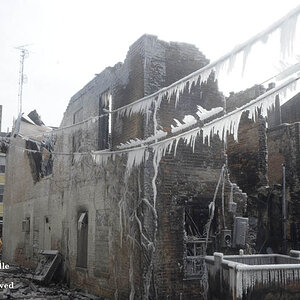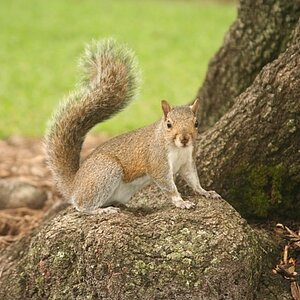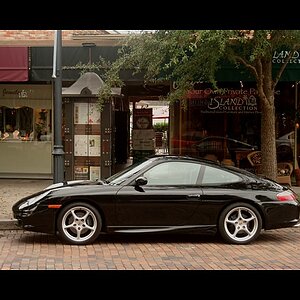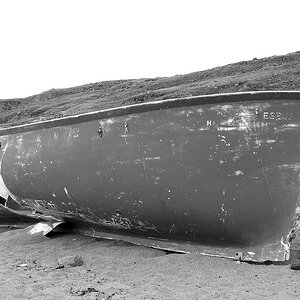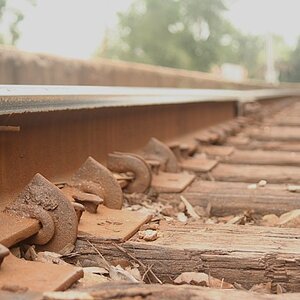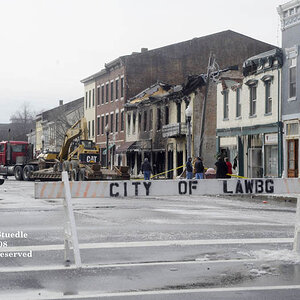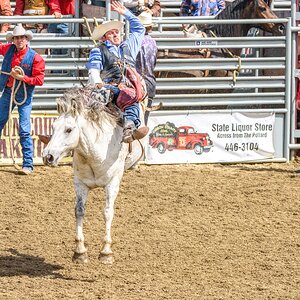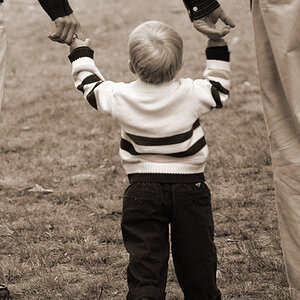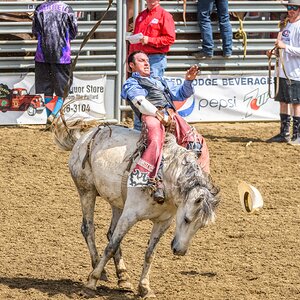PasqualettoM
TPF Noob!
- Joined
- Mar 8, 2017
- Messages
- 36
- Reaction score
- 13
- Location
- Fredericton, NB
- Can others edit my Photos
- Photos OK to edit
Hello All,
Coming on here for some valuable critique on the following 3 shots.
Any comments, Thoughts or Questions are welcome!
Thanks, Matt



Coming on here for some valuable critique on the following 3 shots.
Any comments, Thoughts or Questions are welcome!
Thanks, Matt


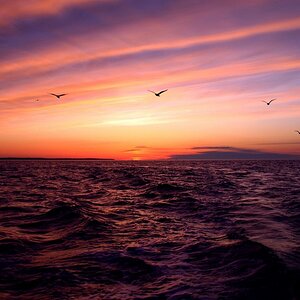
![[No title]](/data/xfmg/thumbnail/37/37121-fda7b1957cb0d0be7bab1ddd3ec87847.jpg?1619737883)
